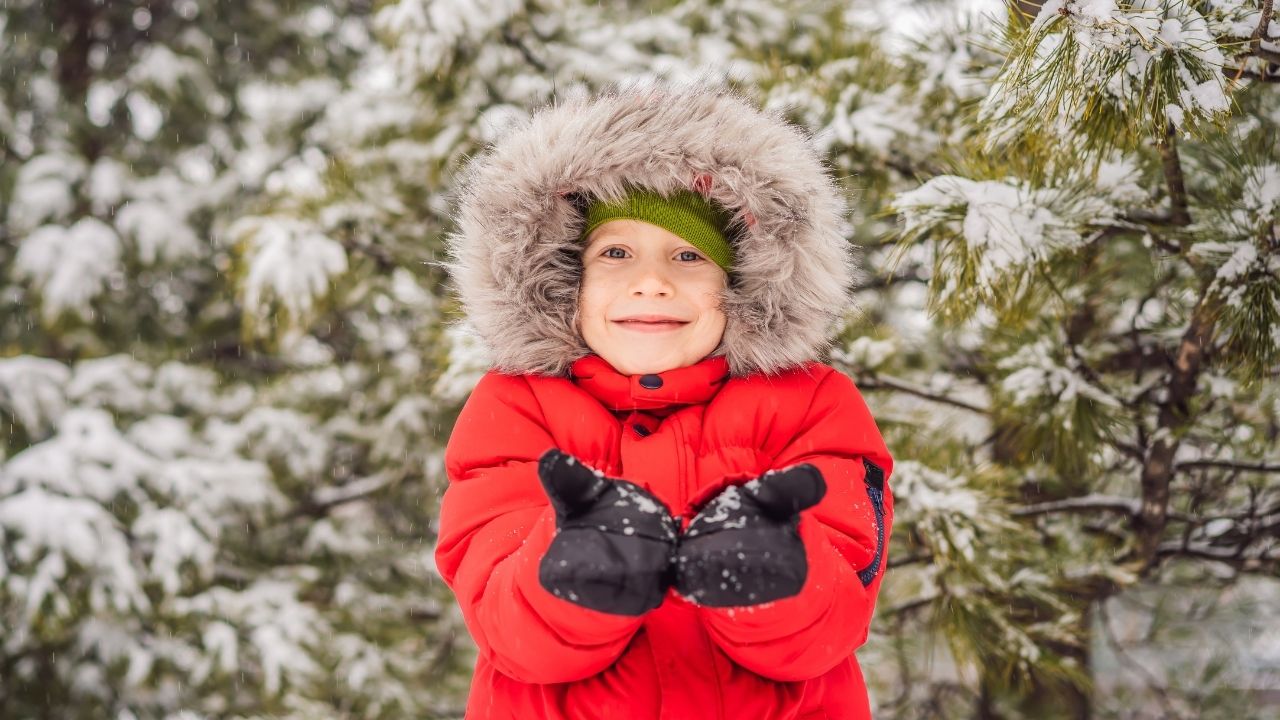
Snowshoeing is a wonderful winter activity that allows you to explore the great outdoors and stay active during the colder months. Whether you're a seasoned hiker or a complete beginner, getting started with snowshoeing can be an incredibly rewarding experience. In this comprehensive guide, we'll cover everything you need to know to embark on your snowshoeing adventure, from choosing the right snowshoes and gear to mastering the techniques and finding the best trails.
Selecting the Right Snowshoes
The first step in getting started with snowshoeing is choosing the right pair of snowshoes. The type of snowshoes you'll need will depend on several factors, including the terrain you'll be traversing, the weight you'll be carrying, and your personal preferences.
When it comes to snowshoe types, there are several options to consider:
1. Traditional Snowshoes: These classic designs feature a teardrop shape and are well-suited for packed snow and groomed trails. They're lightweight and easy to maneuver, making them a great choice for beginner snowshoers.
2. Recreational Snowshoes: Designed for a variety of snow conditions, recreational snowshoes are versatile and can handle both packed and soft snow. They often feature a larger surface area to provide better flotation.
3. Backcountry Snowshoes: If you plan to venture off the beaten path and explore more challenging terrain, backcountry snowshoes may be the way to go. These models are designed for deeper snow and steeper inclines, offering improved traction and stability.
When selecting your snowshoes, be sure to consider the weight capacity and the size of the snowshoes to ensure a comfortable and efficient experience.
Gearing Up for Snowshoeing
In addition to the right snowshoes, there are several other essential items you'll need to make the most of your snowshoeing adventure:
1. Warm Clothing: Dressing in layers is crucial for staying comfortable and dry on the trail. Look for moisture-wicking base layers, insulating mid-layers, and weatherproof outer layers to protect you from the elements.
2. Boots: Sturdy, waterproof boots with good traction are a must-have for snowshoeing. Make sure to choose a pair that provides ankle support and can accommodate the bindings on your snowshoes.
3. Trekking Poles: Incorporating trekking poles can greatly improve your stability and balance on the snow, especially when navigating uneven terrain.
4. Hydration and Snacks: Don't forget to pack plenty of water and high-energy snacks to fuel your adventure. Staying hydrated and fueled is crucial for maintaining your energy levels.
5. Navigation Tools: Bring a map, compass, and/or GPS device to ensure you can navigate the trails and find your way back safely.
Mastering Snowshoeing Techniques
Once you've got your gear sorted, it's time to learn the basic techniques of snowshoeing. Here are a few tips to help you get started:
1. Foot Placement: When walking in snowshoes, it's important to keep your feet shoulder-width apart and step with a slightly wider stance than usual. This will help you maintain balance and stability on the snow.
2. Stride and Pace: Take shorter, more deliberate strides, and keep a steady, moderate pace. Avoid overexerting yourself, as this can quickly lead to fatigue.
3. Ascending and Descending: When climbing uphill, lean forward slightly and use your trekking poles for support. When going downhill, lean back slightly and use your poles to control your descent.
4. Turning and Changing Direction: To turn or change direction, simply pivot your feet while keeping your snowshoes parallel to the ground.
5. Navigating Steep Terrain: For steeper inclines or descents, use a "herringbone" pattern, where you walk sideways up or down the slope, with your toes pointing inward.
Finding the Best Snowshoeing Trails
One of the joys of snowshoeing is the ability to explore a wide variety of landscapes and terrains. Whether you prefer well-groomed trails or more rugged backcountry adventures, there are countless options to choose from.
When selecting a trail, consider factors such as the snow conditions, the level of difficulty, and the scenery. Many parks, forests, and outdoor recreation areas offer designated snowshoeing trails, complete with trailhead information and difficulty ratings.
For a truly immersive experience, seek out trails that offer stunning vistas, diverse wildlife, and the opportunity to disconnect from the hustle and bustle of everyday life. Remember to always check local weather and trail conditions before setting out, and be prepared for changing conditions.
Conclusion
Snowshoeing is a fantastic way to stay active, explore the great outdoors, and appreciate the beauty of winter. By choosing the right gear, mastering the techniques, and finding the perfect trails, you'll be well on your way to enjoying the many benefits of this exhilarating winter activity.
Whether you're a seasoned hiker or a complete beginner, we hope this guide has provided you with the information and inspiration you need to get started with snowshoeing. So, lace up your boots, strap on your snowshoes, and get ready to embark on a winter adventure like no other!
 Family Craft ProjectsHome ImprovementCooking and BakingReuse and RecycleDIY GiftsEco-Friendly ProjectsDIY Home SolutionsSeasonal ActivitiesFun and GamesLearn TogetherPrivacy PolicyTerms And Conditions
Family Craft ProjectsHome ImprovementCooking and BakingReuse and RecycleDIY GiftsEco-Friendly ProjectsDIY Home SolutionsSeasonal ActivitiesFun and GamesLearn TogetherPrivacy PolicyTerms And Conditions
